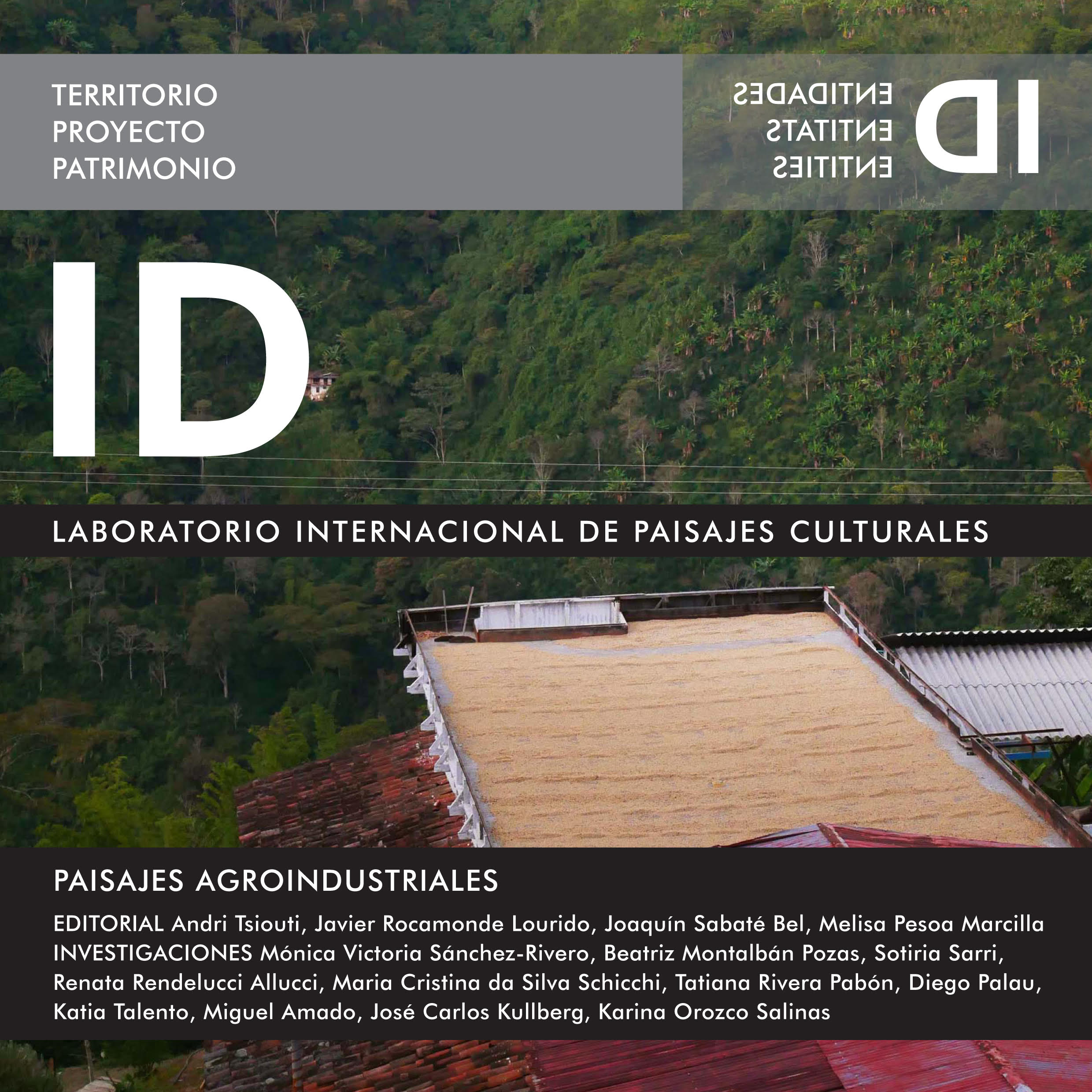PALIMPSEST INDUSTRY: INDUSTRIAL HERITAGE AND INTANGIBLE CULTURAL HERITAGE IN THE CREATIVE CITY A comparative analysis of the Old Truman Brewery in London and Technopolis in Athens [INDUSTRIA PALIMPSESTA: PATRIMONIO INDUSTRIAL Y PATRIMONIO INTANGIBLE CULTURAL EN LA CIUDAD CREATIVA Un análisis comparativo entre Old Truman Brewery en Londres y Technopolis en Atenas]
DOI:
https://doi.org/10.5821/identidades.9881Abstract
In the face of globalisation, maintaining cultural diversity is important for the long term resilience of cultural heritage (UNESCO, 2003). An intrinsic part of the latter is industrial heritage, which, together with Hillier’s (2016) notion of creativity as the city’s fourth sustainability, can contribute to building inclusive societies and strengthening the economy.
This paper explores those spatial and social cycles of an industry´s (re)use and their integration in urban development, through the study of configurational, morphological and perceptual characteristics. For this reason, two industrial heritage schemes are investigated; the Old Truman Brewery in London, UK and Technopolis in Athens, Greece. The study examines those factors present in the urban environment and the syntactic form of each scheme that affect the density of interactions and people’s perceptions of heritage constitution. Along with Space Syntax, on site observations and morphological analysis, mental mapping is also implemented as a tool to bring forth those attributes which constitute living expressions of each site’s legacy.
The findings demonstrate that the studied cases variation is linked with their spatial configuration and management, but more importantly with their local to global spatial relations in facilitating "contacts of the right kind" (Hillier, 2016) through diffused social networks.
Key words: Industrial heritage, intangible cultural heritage, creativity, urban morphology, mental maps
RESUMEN
Frente a la globalización, mantener la diversidad cultural es importante para la conservación del patrimonio cultural (UNESCO, 2003). Una parte intrínseca de la diversidad cultural es el patrimonio industrial, que, junto con la noción de creatividad de Hillier (2016) como la cuarta sostenibilidad de la ciudad, contribuye a construir sociedades inclusivas y fortalecer la economía.
Este artículo explora los ciclos espaciales y sociales de la (re)utilización de una industria y su integración en el desarrollo urbano, a través del estudio de características configuracionales, morfológicas y perceptuales. Por esta razón, se investigan dos esquemas de patrimonio industrial; Old Truman Brewery en Londres, Reino Unido y Technopolis en Atenas, Grecia. El estudio examina los factores del entorno urbano y la forma sintáctica en que cada modelo afecta a las interacciones y a las percepciones de la gente sobre la constitución del patrimonio. Junto con la metodología de Space Syntax, las observaciones en el lugar y el análisis morfológico, el mapeo mental también se implementa como una herramienta para resaltar aquellos atributos que constituyen expresiones vivas del legado de cada sitio.
Los hallazgos demuestran que la variación de los casos estudiados está vinculada con su configuración y gestión espacial, pero más importante aún con sus relaciones espaciales tanto locales como globales al facilitar "contacts of the right kind" (Hillier, 2016) a través de difusas redes sociales.
Palabras Clave: Patrimonio industrial, patrimonio intangible cultural, creatividad, morfología urbana, mapas mentales
Published
Issue
Section
License
Those authors who have publications with this journal, accept the following terms:
a. Authors will retain their copyright and guarantee the journal the right of first publication of their work, which will be simultaneously subject to the Creative Commons CC BY-NC-ND-4.0 recognition license that allows third parties to share the work provided that its author and its first publication are indicated in this journal, but they cannot be changed or used commercially.
b. Authors may adopt other non-exclusive license agreements for the distribution of the version of the published work (eg: deposit it in an institutional telematic archive or publish it in a monographic volume) provided that the initial publication in this journal is indicated.
c. Authors are allowed and recommended to disseminate their work through the Internet (e.g. in institutional telematic files or on their website) before and during the submission process, which can lead to interesting exchanges and increase citations. of the published work. (See The effect of open access).













